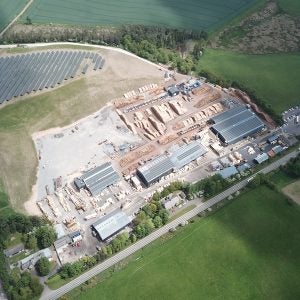As part of the resolution of Canada’s long-term softwood lumber import dispute with the US, British Columbia (BC) is introducing market-based timber pricing.
BC premier Gordon Campbell said that from February 29, timber prices for the coastal region will be based on open market auctions of timber.
The new approach will replace a state-steered pricing system effectively dictated by stumpage rates charged on felling trees.
If the auction-based system works, it will be rolled out to BC interior forests.
A key element of the US’s lumber dispute with Canada was that stumpage fees did not reflect “market realities” and enabled Canadian lumber firms to make a profit while undercutting American competitors. The US reaction has been to charge a countervailing duty of 27% on imports of Canadian softwood.
It is hoped that the new system will convince the Americans that the Canadian industry is not subsidised and persuade them to drop the duty.
One group welcoming auction-based pricing are the BC coastal timber producers themselves whose trade with the US has been seriously affected by the dispute.
“The market pricing system is going to put an additional 3,500 people back to work,” said Alm-Wood Group president Bob Wood.
To ensure that 20% of BC timber goes to auction, the provincial government is taking back some cutting rights from private companies.
Once the system is up and running, stumpage rates will be set on the basis of the auction price levels.
It seems to be increasingly accepted that the old approach on pricing is out-moded and too complex.
As Kevin Mason, an analyst at Equity Research Associates, told the National Post business magazine: “It’s really just voodoo. The government has a revenue target it wants to reach and it uses a sort of black-box methodology to calculate the rate,” he said.






